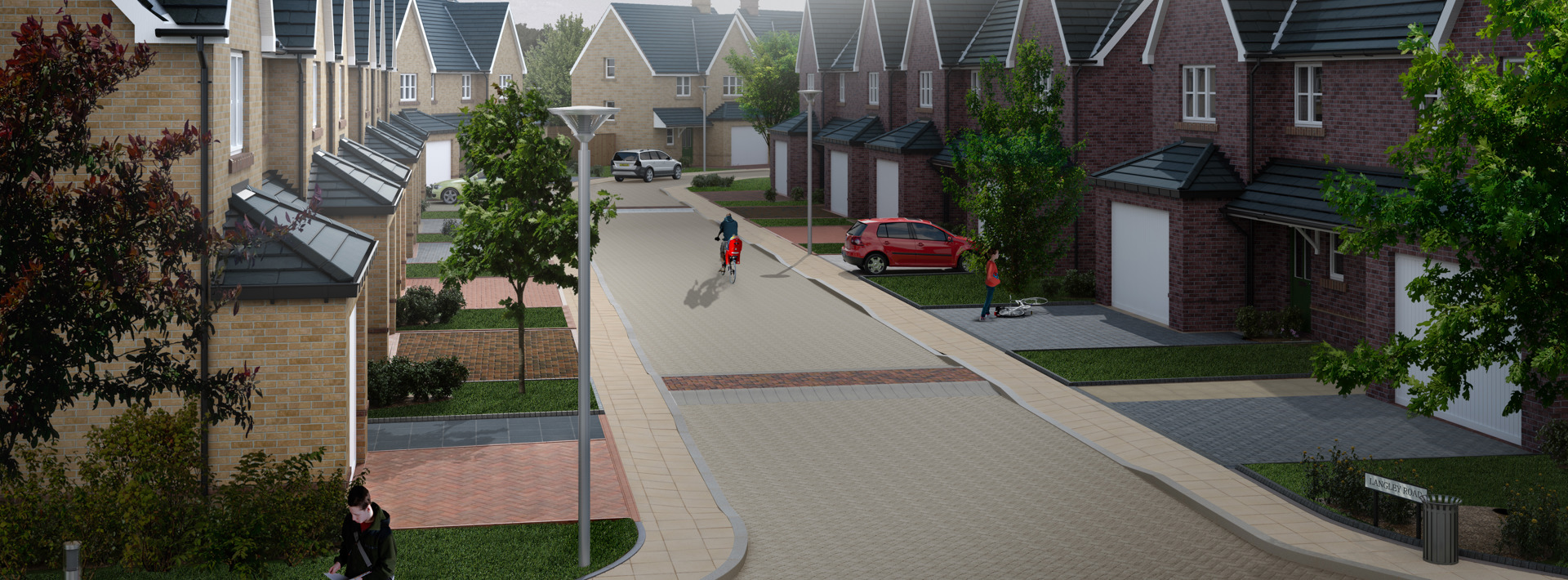Looking for consumer products? Gardens and Driveways

Strategy
Our strategic goal is to be the UK's leading manufacturer of sustainable solutions for the built environment Matt Pullen, Chief Executive
Capital Markets Event 2024
Marshalls is evolving from a heritage in landscaping to a diversified portfolio of business, and our new Transform & Grow strategy is supporting us in unlocking the potential for growth and value creation.
We shared a summary of the strategy with investors and shareholders at our recent Capital Markets Event – a recording of the live stream is available to watch now.
Watch the recording here
